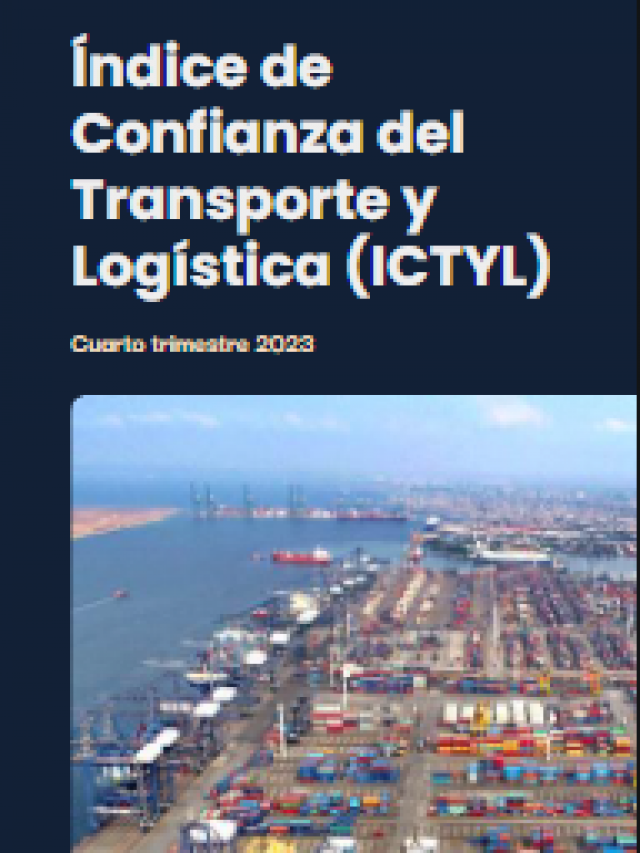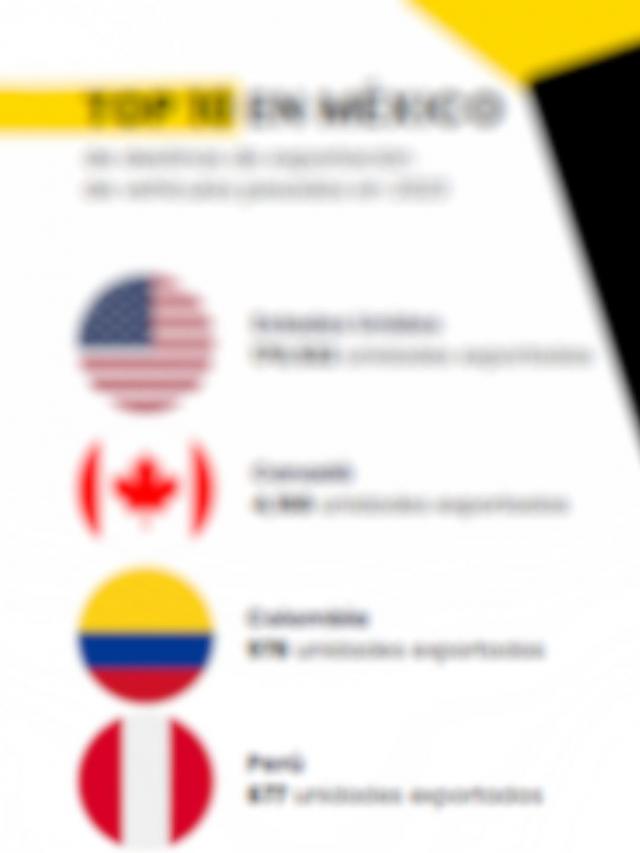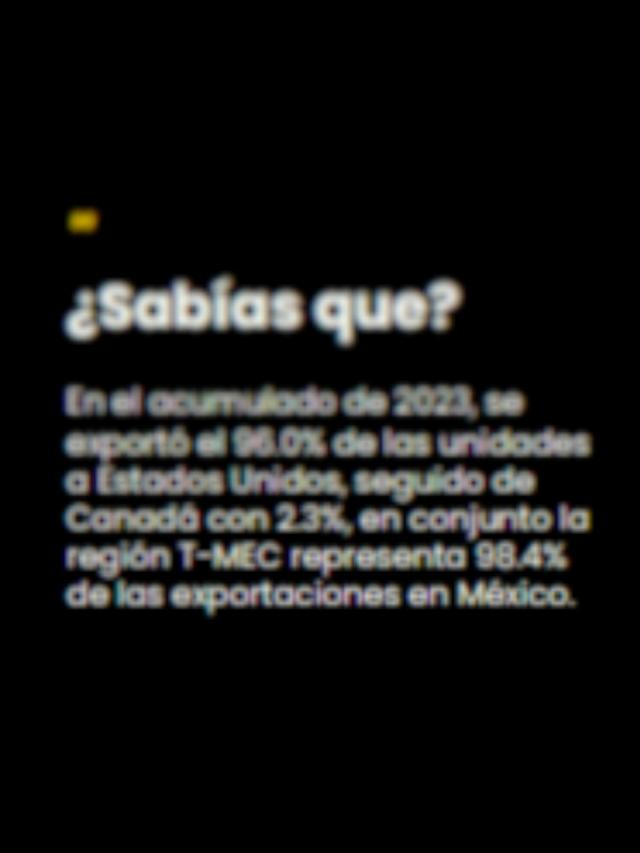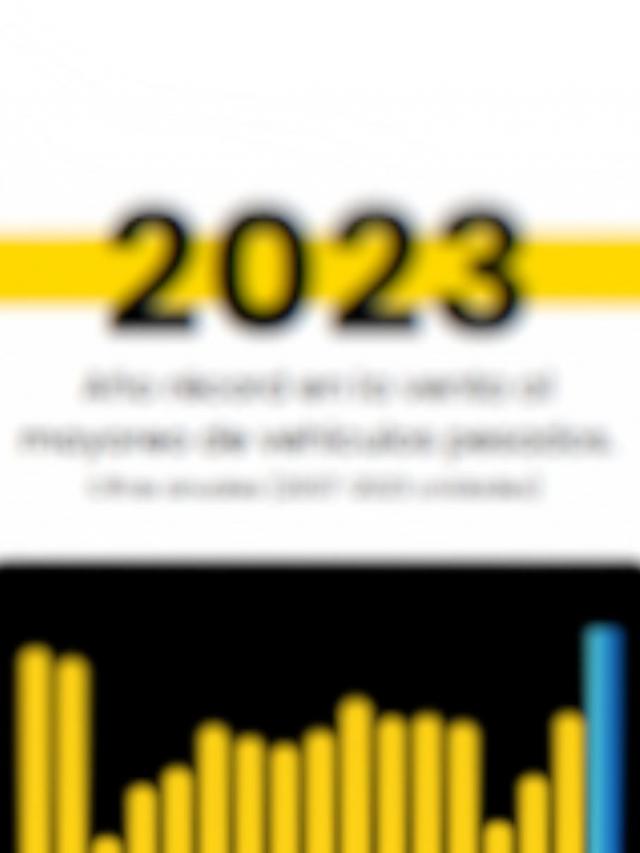 In response to the 15-day suspension by the United States of the importation of Mexican cattle, Julio Berdegué , head of the Ministry of Agriculture and Rural Development (Sader) , said that Mexico has carried out all the actions agreed upon with its counterpart from its northern neighbor, Brooke Rollins , to combat the screwworm plague in the country.
In response to the 15-day suspension by the United States of the importation of Mexican cattle, Julio Berdegué , head of the Ministry of Agriculture and Rural Development (Sader) , said that Mexico has carried out all the actions agreed upon with its counterpart from its northern neighbor, Brooke Rollins , to combat the screwworm plague in the country.
“We will begin in November 2024 with the aerial dispersal of sterile flies, which are a kind of extinguisher because they interrupt the fly’s reproductive cycle. Since November, we have been using only a few flies because the United States is the only country with a sterile fly production plant,” he emphasized.
The plague Mexico is facing today is a consequence of decisions made by the United States, the federal official indicated, adding that “the screwworm had ceased to be a problem for several years because it was an eradicated pest , and Mexico had no responsibility for its control.”
“Mexico had no responsibility to control this pest when it was south of Panama. Our North American partners did have a responsibility; the problem is that it got out of control; it traveled more than 3,700 kilometers until it reached Mexico,” he explained.
At Tuesday’s morning press conference, he recalled that when the United States announced the closure of its border to Mexican cattle, the country had taken the bilaterally agreed-upon actions to combat the pest.
The head of Sader pointed out that the first case in Mexico was reported on November 24, 2024, at checkpoints that had been established in advance, and indicated that “in June 2023, the screwworm plague reappeared in Panama; it is endemic to South America.”
A veterinary training campaign was launched in May 2024 , and in July of that year, the national emergency response was activated to carry out a series of checks, Berdegué emphasized.
Mexico has requested technical assistance from its northern neighbor to build a sterile fly plant in Chiapas, and for now, the United States is supplying the country with these flies, said Berdegué, who noted that further control measures will be implemented .
“Control of livestock movements will be strengthened. This sweep will be carried out from the Gulf of Mexico in Veracruz to the Pacific Ocean in Oaxaca and Guerrero. We are visiting all the ranches. We are doing everything materially possible,” he emphasized.
On May 11, Berdegué announced the U.S. government’s decision to close the border to Mexican livestock due to the screwworm infestation, which Mexican President Claudia Sheinbaum described as an unfair decision.
“Mexico isn’t anyone’s piñata. What we have is collaboration and coordination, but there’s no subordination, nor can we just follow what’s said every day,” Sheinbaum clarified during the morning press conference on May 12.
This would have serious economic consequences for Mexican cattle ranchers since, according to Sader, in 2024 Mexico exported more than 1.2 million head of cattle to the United States .
Comment and follow us on X: @Eliseosfield / @GrupoT21















